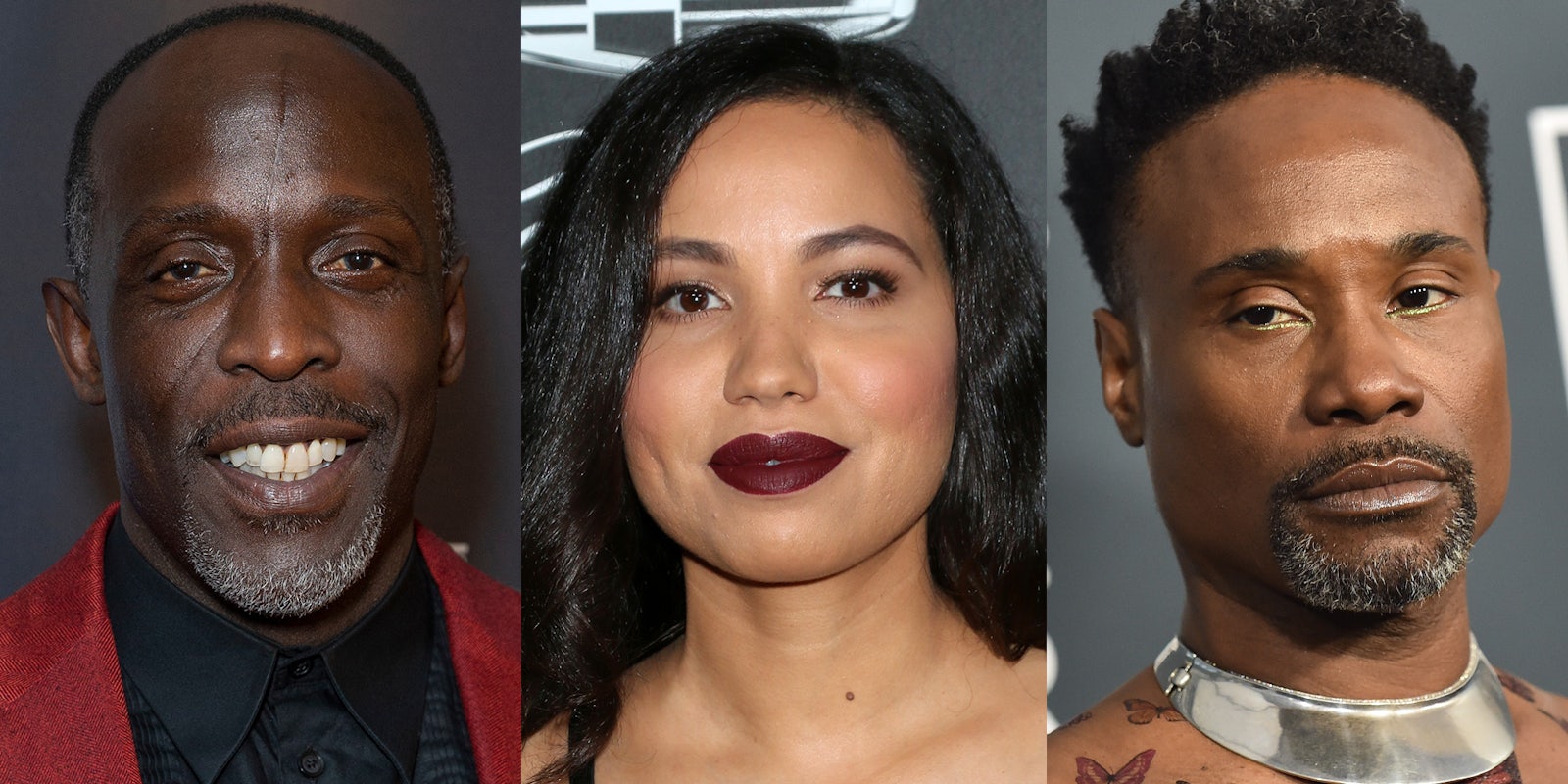Analysis
The 2021 Emmy Awards included a record 49 nominations for actors of color. But when the ceremony took place on Sunday night, those nominees were snubbed across the board, provoking criticism from many viewers.
Netflix‘s The Crown (quite possibly the whitest show on TV) dominated the night, winning all four acting categories: lead and supporting actor and actress in a drama series. This included Tobias Menzies (Prince Philip) winning against a lineup of nominees including Michael K. Williams; a controversial choice because many people assumed Williams would win a posthumous award. Before announcing Menzies’ win, Kerry Washington paid tribute to Williams as “a brilliantly talented actor and a generous human being.”
The conversation around #EmmysSoWhite revolves around two overlapping issues: Systemic bias within the Academy of Television Arts & Sciences and perceived snubs of specific shows or artists. The Academy already has a reputation for having rather basic tastes, reflected by the numerous wins for The Crown and Ted Lasso—a pair of mainstream hits that don’t exactly push artistic boundaries.
It was a pleasant surprise when Michaela Coel won a writing Emmy for her limited series I May Destroy You, which was critically regarded as one of the best shows of the year. However I May Destroy You lost out in other categories to the more conventional, majority-white The Queen’s Gambit and Mare of Easttown. There was also a lot of criticism aimed at the lack of nominations for Steve McQueen’s Small Axe (a series of films about West Indian communities in London, featuring John Boyega and Letitia Wright), and the lack of wins for Barry Jenkins’ The Underground Railroad.
There’s a definite sense that this year’s Emmys—and the Emmys in general—prefer easy viewing over artistic quality. The Queen’s Gambit is an obvious example: An entertaining show with high production values that earned reasonably positive reviews but wasn’t notably impressive. Meanwhile, The Underground Railroad earned critical adulation and deep analysis… but is far more hard-hitting and artistically sophisticated than other nominees on the slate.
Unlike the AMPAS (the voting body behind the Oscars), the Television Academy doesn’t gather or publish any demographic data on the ethnicity of its membership, which consists of around 15,000 TV professionals. But given the demographic breakdown of the industry at large, we can infer that it’s a majority-white institution. The Emmy nominees also tend to be less artistically diverse than the Oscars, implying that voters watch a rather limited range of shows. As TV critic Emily VanDerWerff put it in Vox, “The dirty secret of the Emmy nomination process is that the people who vote on those nominations don’t really watch a ton of television.” They love to nominate a small handful of hit shows again and again.
Put simply, the majority of the TV Academy would rather watch glossy, accessible shows about white people than politically-astute dramas about Black people and racism, and that discrepancy was reflected by the awards on Sunday night.


